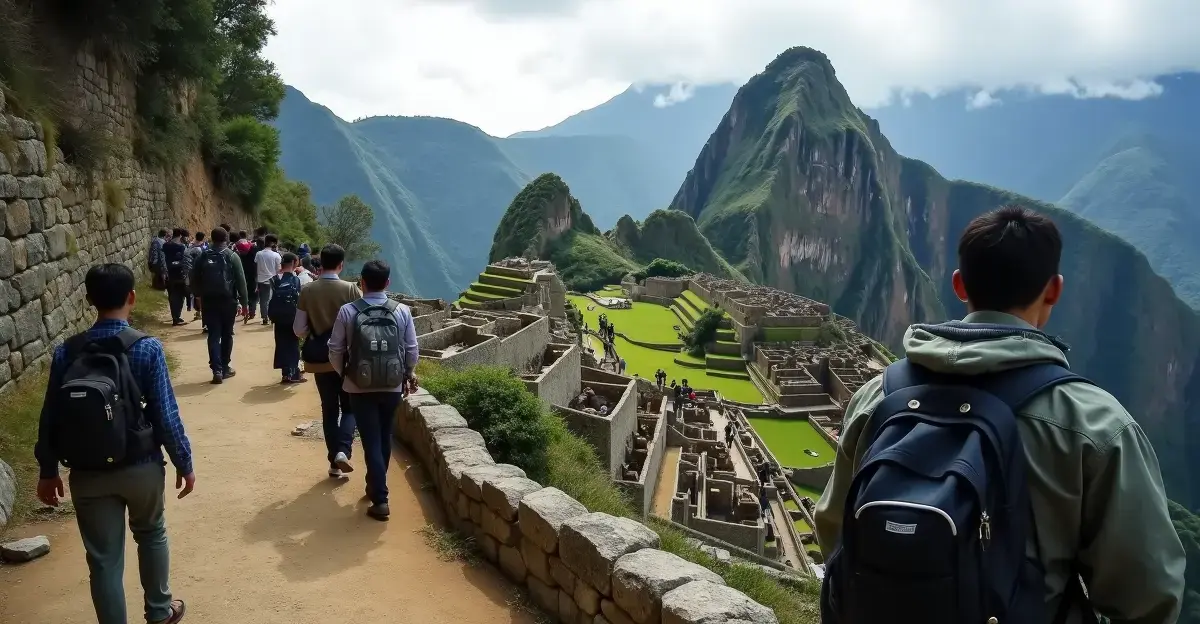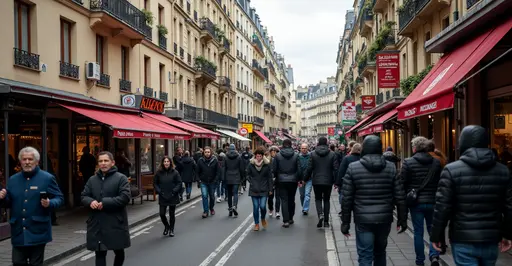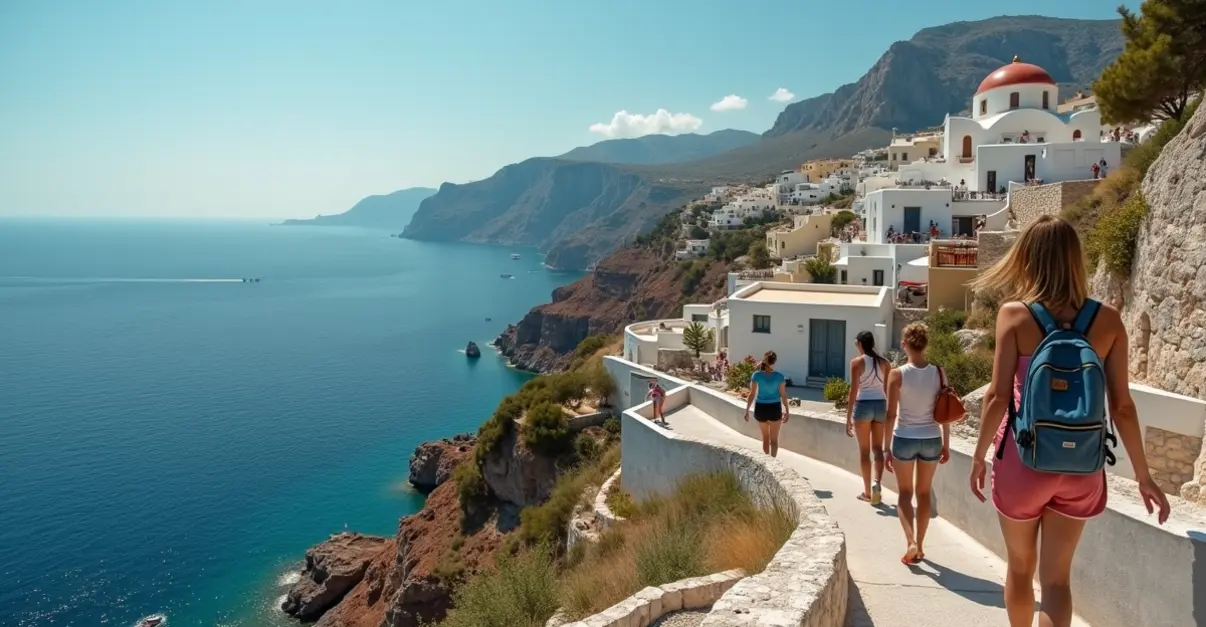900 tourists stranded at Machu Picchu after local protests block railway over bus licensing dispute. Police injured in clashes during evacuation efforts.

Mass Evacuation Underway at Peru's Iconic Inca Site
Approximately 900 international tourists remain stranded near Machu Picchu after local protesters blocked the railway line connecting the ancient Inca citadel to the nearby town of Aguas Calientes. Peruvian authorities have initiated emergency evacuation procedures for the trapped visitors.
Transportation Dispute Sparks Civil Unrest
The crisis stems from a contentious bus licensing dispute that has divided the local community. The operating permit for the existing bus company expired recently, and authorities awarded the new contract to a different operator from an adjacent district. This decision has sparked outrage among local residents who believe the bidding process lacked transparency and unfairly excluded community-based businesses.
'The allocation was done unfairly and without transparency - local companies should benefit from tourism to our ancestral lands,' stated a community representative who requested anonymity due to safety concerns.
Railway Blockade and Police Confrontation
Protesters have effectively sealed off access to Machu Picchu by placing large boulders across the railway tracks, the primary transportation route for tourists visiting the UNESCO World Heritage site. The blockade has prevented any movement in or out of Aguas Calientes, leaving tourists stranded without clear departure options.
The situation turned violent when police attempted to clear the tracks, resulting in clashes with demonstrators. According to official reports, fourteen police officers sustained injuries during the confrontation while trying to restore access to the vital transportation corridor.
Historical Context of Machu Picchu Tourism
Machu Picchu, constructed in the 15th century during the reign of Inca emperor Pachacuti, stands at approximately 2,430 meters above sea level in the Andes Mountains. Designated a UNESCO World Heritage Site in 1983, the archaeological marvel attracts over 1.5 million visitors annually, making it Peru's most visited tourist destination.
This is not the first time tourism operations have been disrupted at the ancient site. Similar protests occurred last year when local communities demonstrated against the privatization of ticket sales, highlighting ongoing tensions between tourism development and local economic interests.
Peruvian authorities have already evacuated approximately 1,550 tourists earlier this week, with the remaining 900 visitors awaiting emergency transportation arrangements. The evacuation operation involves coordinated efforts between national police, tourism officials, and local authorities to ensure the safe departure of all stranded tourists.

 Nederlands
Nederlands English
English Français
Français Deutsch
Deutsch Español
Español Português
Português






